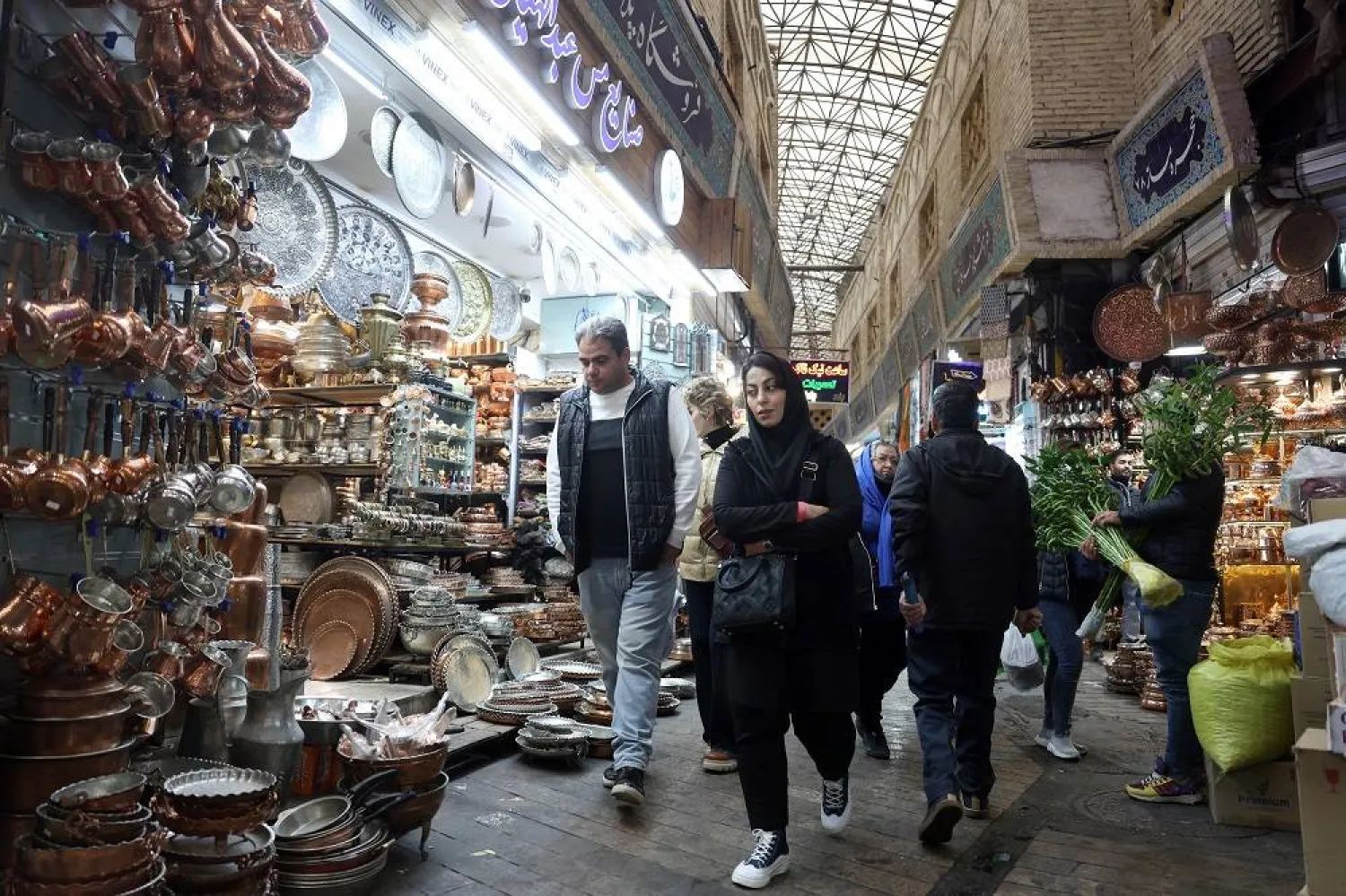The head of Iran’s Revolutionary Guard, Hossein Salami, has defended the withdrawal of his forces from Syria, saying “strategies must adapt to changing circumstances” after the removal of Tehran’s key ally, President Bashar al-Assad.
Salami stated, “I proudly say the last to leave the resistance lines in Syria were our forces, and the final person to leave was one of our members.”
He added, “We cannot tackle global and regional issues with rigid, unchanging strategies.”
Salami discussed recent events in Syria and their consequences before a group of Revolutionary Guard leaders, according to the Tasnim News Agency.
This is Salami’s second comment on Assad’s fall. Two days earlier, lawmakers quoted him saying in a closed session that Iran "has not been weakened" after Assad's removal.
On Thursday, Salami stated that Iran “worked day and night to offer support” and must “adapt to the situation in Syria, observe it, and act accordingly,” as reported by IRNA.
He added, “Some expect us to fight instead of the Syrian army,” questioning, “Is it logical for us to send all our forces to fight in another country while that country's army does nothing?”
Salami explained, “All routes to Syria were blocked. The regime worked tirelessly to help, but we had to deal with the realities on the ground. We observe and act based on those facts.”
He also reaffirmed Iran’s stance that it knew about the opposition's plans months before Assad's fall.
“We were aware of the militants' movements. Our intelligence helped identify their attack routes and inform both the political and military leadership in Syria. Unfortunately, due to a lack of real will to change and fight, the result was as you saw.”
Iran’s relationship with Syria deepened during the civil war that began in 2011, when the Revolutionary Guard sent “military advisors” to assist Assad, led by the Quds Force, the Guard’s external arm.
Salami also denied claims that Iran had lost its regional influence, stating, “Some suggest the Iranian regime has lost its arms, but this is not true. The regime still has its arms.”
He added, “Support for the resistance front remains open, and the situation in Syria may evolve.”
Salami emphasized that Iran’s decisions are based on its internal strengths.
“We have the will to fight, legitimacy to defend, a united nation, and strong armed forces. If we were weak, we couldn't carry out operations like ‘True Promise.’”
He explained that Iran’s presence in Syria was to prevent ISIS dominance. “We had no choice but to be in Iraq and Syria,” he said.
The fall of Assad has led to criticism of Iran’s military role in Syria. Salami said, “Iran’s military presence and support in Iraq and Syria were necessary to stop the spread of danger.”
He added, “Without Qassem Soleimani, our resources would have been ineffective.”
Salami continued, “After defeating ISIS, we withdrew unnecessary forces from Syria. The situation had stabilized, and the Syrian army took over defense. They also wanted to reduce Iranian presence to avoid giving opposition groups a chance to attack.”
He concluded, “We reduced our presence to the minimum necessary and joined the Astana process to monitor the ceasefire and ensure security in Syria.”









